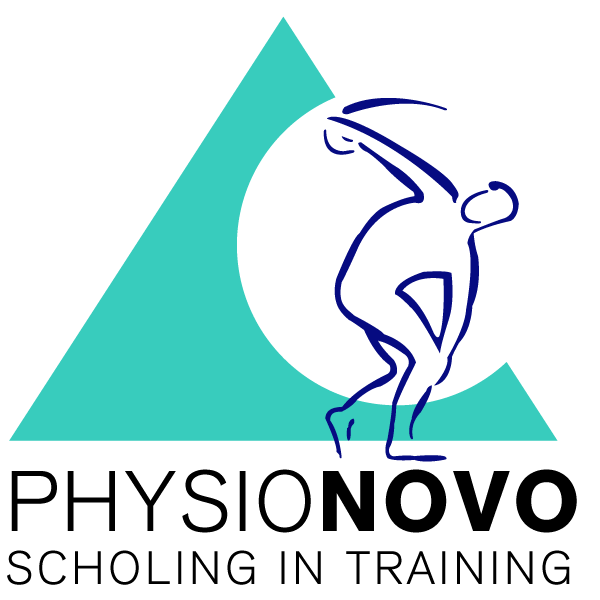EFFECTIEVER TRAINEN BIJ RUG- EN NEKPIJN
PhysioNovo - toegepaste (sport-)revalidatie
Rugpijn leidt nog steeds tot de meeste levensjaren met beperkingen en een hoge ziektelast ondanks intensieve en uitgebreide medische en paramedische behandelingen. Hoewel er algemeen overeenstemming bestaat over de positieve effecten van lichamelijke activiteit en training, bestaat er momenteel geen bewijs voor de voorkeur voor een specifieke trainingsmethode. Er zijn echter kleine aanwijzingen dat het trainen van de motorische controle van het bekken en het schouderblad het resultaat van de therapie verbetert.
De soms indrukwekkende en uitgebalanceerde motoriek die bij verschillende sporten en dans tot uitdrukking komt, is mogelijk door een nauwe motorische samenhang tussen de motoriek van armen, benen en romp. Maar ook gezonde, alledaagse motoriek wordt gekenmerkt door harmonie en esthetiek. De belangrijkste eigenschappen van gezonde motoriek zijn een motorisch stabiele wervelkolom en goed uitgebalanceerde bewegingen van armen en benen: centrale stabiliteit en perifere mobiliteit zijn perfect elkaar afgestemd.
Verminderde beweeglijkheid van de heup of schouder leidt meteen tot verstoring van dit motorische evenwicht. De stabiliteit van de WK vermindert omdat deze de verminderde bewegingen van armen en benen moet compenseren. Zeker op langere termijn blijven klachten niet uit. Steeds meer recente wetenschappelijke studies laten een duidelijk verband zien tussen een verstoorde heup- en schoudermotoriek en rug- en nekpijn. Tevens benadrukken zij de klinische noodzaak van een grondige en uitgebreide beoordeling van de motorische controlevaardigheden.
Het trainingsconcept PhysioNovo focust bij rugpijn op deze integrale motoriek van schouder, heup en wervelkolom. Hierdoor ontstaat een ander, motorisch begrip voor het ontstaan en behandelen van rugpijn. Deze benadering biedt de therapeut/trainer concrete mogelijkheden om individueel afgestemde specifieke oefenprogramma’s uit te stippelen om aspecifieke rugklachten effectiever tegen te gaan.
Actueel
Blessurepreventie in de sport – principes in plaats van standaardoplossingen
Read moreSteeds weer geblesseerd? Misschien komt dat niet door toeval - maar door training. Als je begrijpt hoe belasting werkt, hoe beweging wordt…
Kan ik met een gewrichtsprothese weer lichamelijk werken en sporten?
Read moreEen vraag die niet gemakkelijk te beantwoorden is, maar tegelijkertijd heel gemakkelijk te begrijpen. Sport en fysieke activiteit zijn belangrijk voor…
Krachttraining tegen rugpijn - wondermiddel of wishful thinking?
Read moreSpierkracht kan worden omschreven als het vermogen van een skeletspier om weerstand te overwinnen door spiercontractie en zo beweging te genereren.…
Als de onderrug steeds weer pijn doet...
Read moreHeeft u vaak lagerugpijn? Dan bent u een van de velen die hier last van heeft. Maar er zijn nu nieuwe bevindingen over de oorzaak en behandeling die u…







